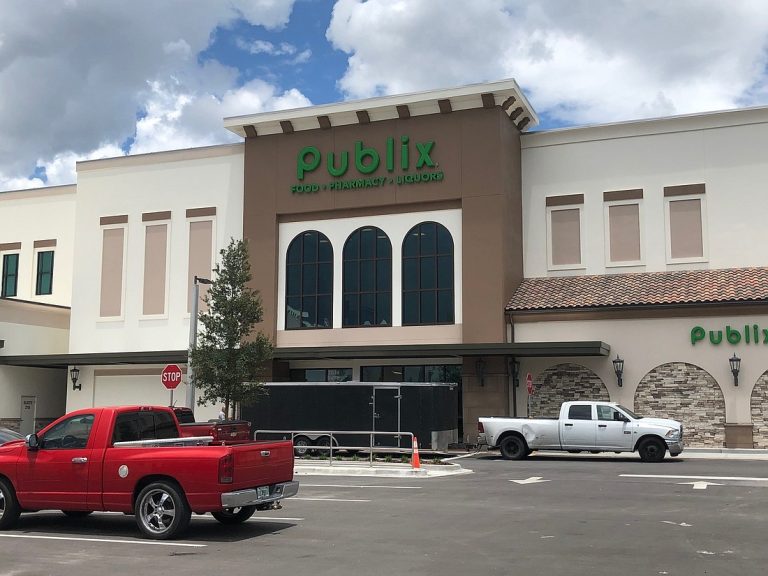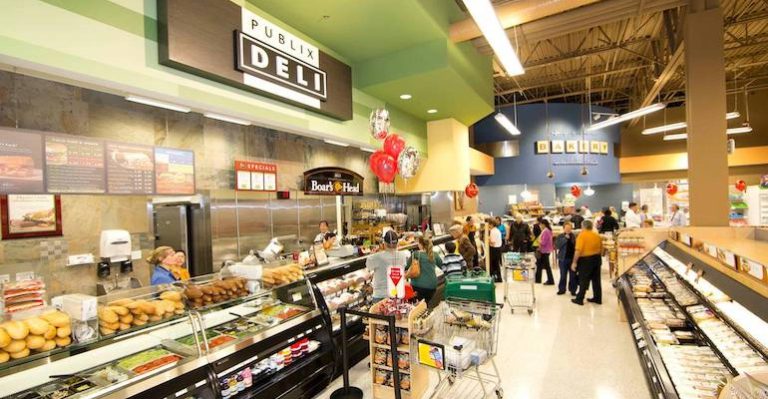Publix is a household name for many Americans, known for its exceptional service, quality products, and dedication to customer satisfaction. But have you ever wondered who owns Publix? In this blog post, we will delve into the ownership structure of Publix and shed light on the unique ownership model that sets it apart from other supermarket chains.
A Unique Ownership Model
Unlike many other supermarket chains that are publicly traded or owned by shareholders, Publix operates under an employee-owned structure. It is an employee-owned cooperative, often referred to as an ESOP (Employee Stock Ownership Plan). This means that the employees of Publix are also its owners.
Publix was founded in 1930 by George W. Jenkins, who had a vision of creating a company where employees would have a vested interest in its success. He believed that when employees have a stake in the business, they are more motivated and dedicated to providing excellent service to customers. In order to know more about it read our guide on Why Publix is so Successful?
Employee Ownership at Publix
At Publix, the ownership of the company is held through Publix Super Markets, Inc., which is the employee-owned entity. Eligible employees are given the opportunity to become shareholders through the ESOP. This means that every eligible employee has the chance to own a portion of Publix, and their shares grow over time based on the company’s performance and profitability.
Publix takes pride in its commitment to its employees’ well-being and has created a culture of teamwork, respect, and shared success. The company provides various benefits to its employee-owners, including retirement plans, health insurance, educational assistance, and competitive wages. This employee-centric approach has contributed to Publix’s reputation as an employer of choice. It is the main reason that why people love to work at Publix.
Leadership and Governance
While the employees own Publix collectively, the company has a management team responsible for day-to-day operations and strategic decision-making. Currently, Todd Jones serves as the CEO of Publix Super Markets, Inc., leading the company’s operations and overseeing its growth.
The ownership structure also includes a board of directors, which consists of individuals who have been elected by Publix associates and represent their interests. The board is responsible for guiding the company’s long-term direction, ensuring the company remains true to its employee-owned values.
Conclusion
Publix stands out among supermarket chains due to its unique employee-owned model. By giving its employees a stake in the company’s success, Publix fosters a culture of shared ownership and commitment to delivering exceptional service to its customers. The employee-owners play a vital role in shaping the company’s future and are rewarded through the growth of their shares over time.
Next time you visit a Publix store, remember that you are supporting an employee-owned business, where the dedicated individuals serving you are also owners of the company. Publix’s employee-owned model exemplifies the power of collective ownership and highlights the positive impact it can have on both employees and customers alike.






